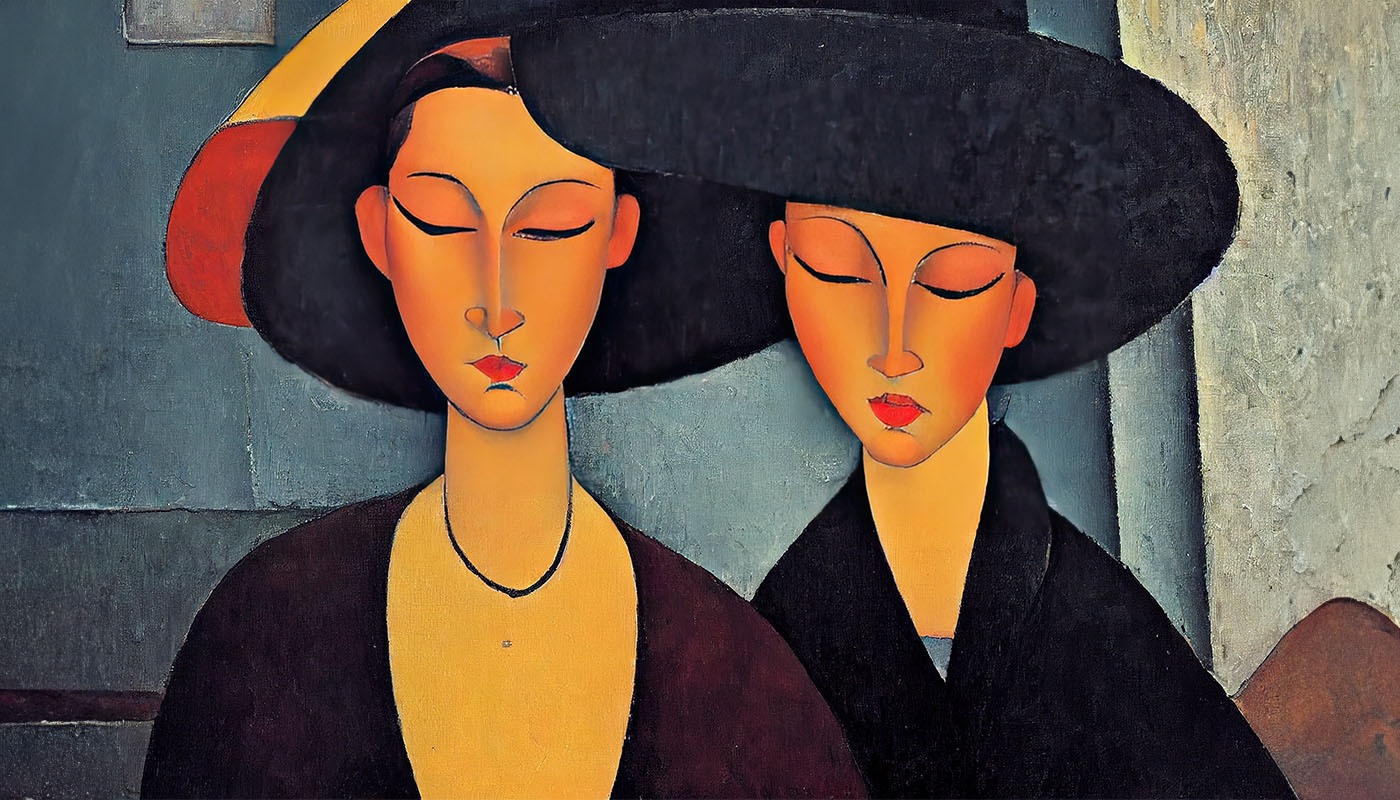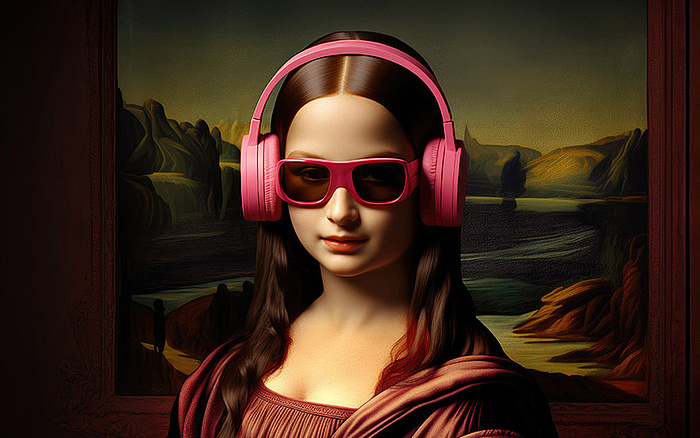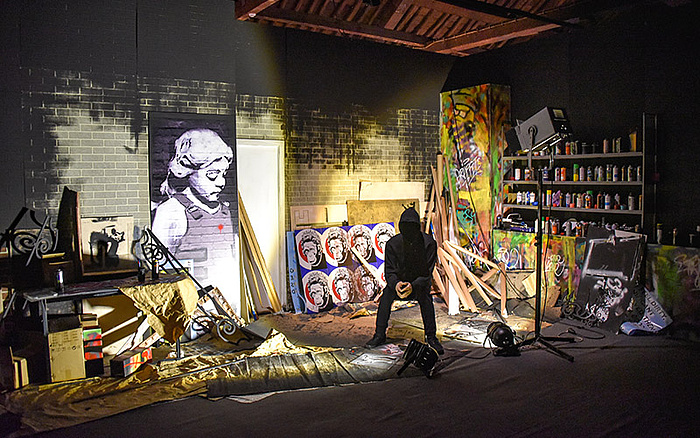
An Italian perspective of appropriation art: genuine expression or art(full) violation
Appropriation art challenges traditional notions of authenticity, originality and authorship in that it willfully reproduces (as it is or with some modifications) a work created by others.
Some commentators argue that these works of art are simply illegitimate because they violate Article 70 of the Italian Copyright Statute, that is, Law 633/1941 (CPY). Others argue that it is necessary to assess whether an "appropriative" creation constitutes, in the general sense, a parody of the original work or if it alters the source's meaning to the extent that it becomes a new, independent and primary work.
Getting the joke: a definition of parody
If considered a work of parody, such a piece would not violate the CPY as it would comprise self-standing artistic creation. Though the CPY does not contain any explicit provisions on parody, some jurists qualify it as partial reproduction for the purpose of criticism, an action permitted under Article 70. Nonetheless, parody finds protection under Articles 21 and 33 of the Italian Constitution as an expression of freedom of thought. On a supranational level, European Directive 2001/29/EC, Article 5, paragraph 3, provides for exceptions to copyright law "when used for the purpose of caricature, parody or pastiche."
Often citing the crucial decision of the European Court of Justice in C-201/2013, Italian case law has identified certain features of parody that can be useful in assessing the legitimacy of appropriation art. Firstly, if the work employs détournement (irreverent pastiche), scandal or mockery and conveys an original and autonomous message, it can be considered a parody of the source material. Secondly, a parody work evokes the original but with some noticeable differences: It may present the same external elements but distort the conceptual content for comedic or satirical purposes. And thirdly, there is a broader concept of parody, which includes ironic works that induce laughter as well as creative manifestations that express tragedy and drama.
Fashioning a new message
Unlike jurisdictions such as the United States, Italy does not have a consolidated body of case law on appropriation art. That said, the United States' vast experience with the subject is able to inform less acquainted venues. In the case of "The Giacometti Variations," the Court of Milan was called upon to rule on the legitimacy of an installation created by American artist John Baldessari, specifically regarding its undisguised referencing of the sculpture "Grande Femme II" by Swiss artist Alberto Giacometti.

Under the Berne Convention, national exceptions to copyright infringement cannot "conflict with a normal exploitation of the work," meaning that an acceptable appropriation must not serve as a substitute for the original piece. Thus, a parody needs to stand apart.
Recalling the main decisions of U.S. case law on appropriation art and fair use, the Court concluded that these principles also applied to the case before it. "[I]n terms of the features, dimensions, materials and shapes of Baldessari's sculptures compared to those of Giacometti, the intervention of the American artist appears substantial, meanwhile the use of Giacometti's image appears dramatically transformed from the thinness and tragic expression of the post-war period to the ecstatic expression of the woman thin not due to the deprivations of war but to the severe demands of fashion."
Criticism writ large
In contrast, the decision relating to the Gianfranco Sanguinetti / Fondazione la Biennale di Venezia case appears more inspired by the Italian national exception of parody. This dispute concerned Malawian artist Samson Kambalu's installation, "Sanguinetti Breakout Area," which exhibited about three thousand photographs depicting documents from Gianfranco Sanguinetti, a prominent exponent of the Situationist movement. As described in the Court of Venice's ruling, this school of thought advocated "the overcoming of art understood as commodification and the arrival at forms of social, economic, political and labor critique through the practice of scandal, détournement, the correction or usurpation of identity, imposture and mockery for subversive purposes."
Accompanying the installation was a notice that said the material could be handled, photographed and shared online by visitors to the exhibition. The intention, according to the author, was to critique Sanguinetti's decision to sell the Situationist archives through a renowned auction house, in contrast to the values espoused by the movement to which he belonged.

Passions run deep when it comes to the commodification of art, with practicalities clashing against principles. Ultimately, however, a work's expressive and aesthetic value is wholly independent of the commercial value attached to it, if any.
The Court of Venice rejected Sanguinetti's request for an injunction, noting that Kambalu had "created an articulated and complex installation that does not reduce to a mere display of works or parts of works by Sanguinetti without any authorization, given that the installation serves as a vehicle for a clearly perceptible, creative, original and autonomous message."
Finding a "creative coherence and message of sarcastic critique clearly attributable to Kambalu," the Court concluded that the exhibition could not be considered an instance of "mere counterfeiting and plagiarism of Sanguinetti's works or parts thereof, as the presence of the mentioned creativity allows us to consider the defense of parody as well, as argued by the judgment of the European Court of Justice No. 201 of 3.9.2014 (Case C-201/2013), since parody itself is pacifically recognized as a constitutionally guaranteed right in the domestic legal system by Articles 21 and 33 of the Constitution."
How to change one's tune
Not all permissible uses need to be a commentary – ironic, condemnatory or otherwise – on the source material. The Italian Supreme Court of Cassation resolved the case of the alleged plagiarism of the song "Zingara" by Francesco De Gregori's "Prendi questa mano Zingara" in a manner not dissimilar to U.S. case law's transformative use. Thus, the Court affirmed the principle that as regards musical works, the reuse of a poetic-literary fragment of a song "does not in itself constitute plagiarism" since the judge must first determine whether the portion has preserved its initial meaning or "has clearly and distinctly shown a semantic deviation from what it had in the previous work." It is evident that this "semantic deviation," being understood as a "completely different artistic meaning," largely coincides with transformative use as seen in U.S. case law.

The painter known as Banksy exhibited his "Genius or Vandal" works at the Cordoaria Nacional art space in Lisbon, Portugal. The identity of the world-famous graffiti artist has remained a closely guarded secret for years. (Image source: iStock. Image credit: marktucan)
Given all the above, we may say that "Mickey" by Damien Hirst, "Coney Island Grinnies" by Ron English and the works of American painter Sharon Moody, who turns the pages of old Marvel comics into trompe-l'oeil, may be justly regarded as examples of "figurative" transformations. Similarly, "Napalm" by Banksy, "Hospice" by Barbier and "Bad Apple" by Goin can be seen as good examples of "semantic" transformative use. However, all three of these would, in all likelihood, also be covered by the exception of parody.
On the other hand, "Mickey and Minnie" by Mr. Brainwash raises more doubts, as do "Look Mickey" by Lichtenstein and "Dick Tracy" by Andy Warhol, as no significant alteration is perceivable in relation to the original characters, except in terms of the painting techniques used.
They say good artists copy, great artists steal. Of course, taken literally, either action is a violation of another's rights. Nevertheless, the point is to draw our attention to the fact that a very fine, interpretative line separates simple duplication and the more creatively sophisticated, legally permissible act of referencing. Yet, even this small space gives rise to a boundless capacity for nuance, wherein lies IP law's delicate beauty.
Filed in

New technologies and business models routinely offer a combination of opportunities and challenges to IP owners.

